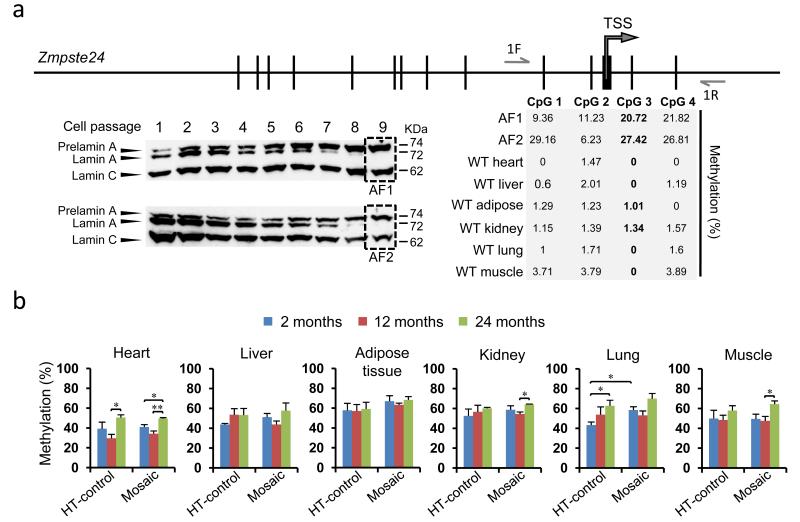Figure 3. Mosaic mice keep similar proportions of Zmpste24-deficient and - proficient cells at all ages.
(a) Bisulfite pyrosequencing strategy to quantify the relative proportion of Zmpste24-deficient and -proficient cells. Four CpG sites around the Zmpste24 promoter were analyzed in DNA from Zmpste24-deficient adult fibroblasts isolated from mosaic mice (AF1, AF2) and in DNA from six wild type tissues (heart, liver, adipose tissue, kidney, lung and muscle). Western-blots show the progressive loss of mature lamin A and accumulation of prelamin A with serial passages of AF1 and AF2 cells, until only prelamin A is detected (dashed rectangles). The percent methylation of CpG sites is depicted for each of the cell populations. CpG 3 was subsequently used due to its low levels of methylation in wild-type tissues and consistent high values in the isolated fibroblasts. 1F and 1R indicate the positions of the oligonucleotides used (for sequences see Supplementary Table S4). TSS: Zmpste24 transcription start site. (b) Quantitative Zmpste24 methylation analysis by pyrosequencing in different organs from 2-, 12- and 24-month-old mosaic and HT-control mice (n≥3). Error bars represent s.e.m. (*), p < 0.05; (**), p < 0.01; two tailed Student’s t test.

